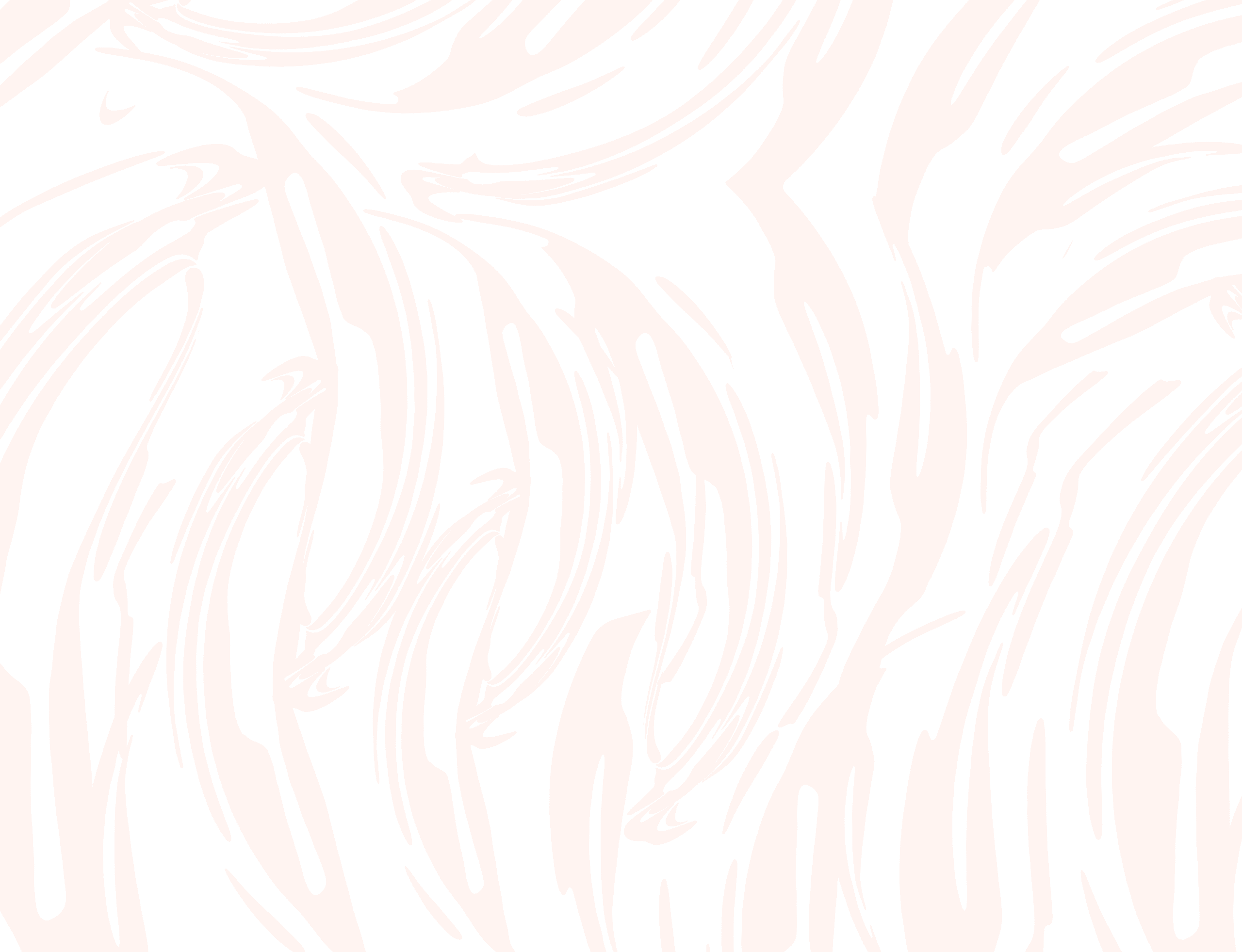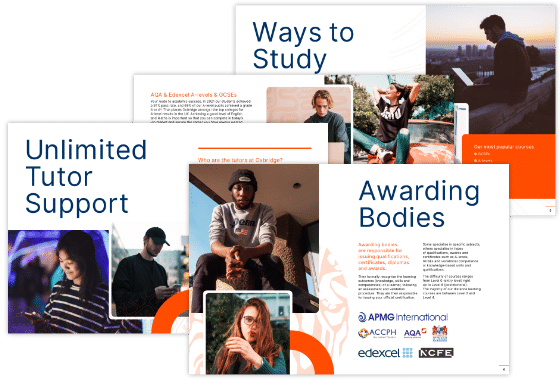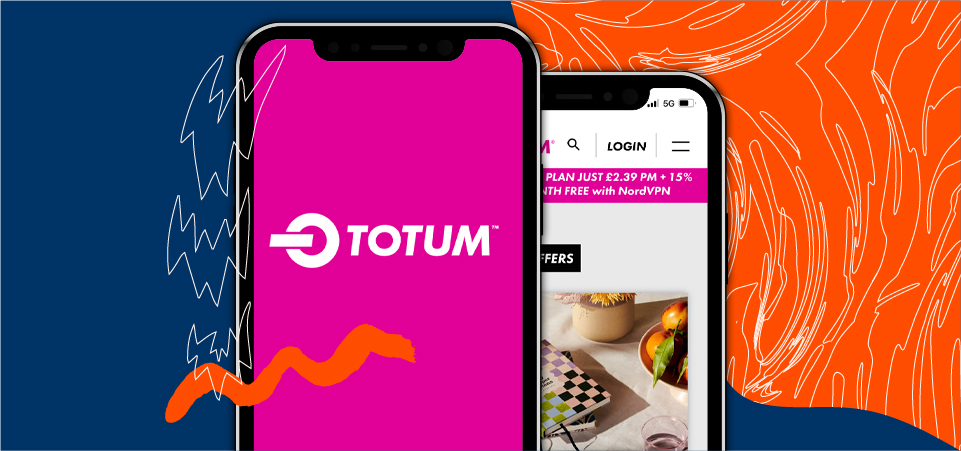Examinations and Assessments
Component 1 – Personal investigation: no time limit, 96 marks, 60% of A-level.
Non-exam assessment (NEA) set and marked by the centre and moderated by Edexcel during a visit to the exam centre. Visits will normally take place in June.
You will be required to conduct a practical investigation into an idea, issue, concept or theme, supported by written material. The focus of the investigation must be identified independently and lead to a finished outcome or a series of related finished outcomes.
The investigation should be a coherent, in-depth study that demonstrates your ability to construct and develop a sustained line of reasoning from an initial starting point to a final realisation.
The investigation must show clear development from initial intentions to the final outcome or outcomes. It must include evidence of your ability to research and develop ideas and relate your work in meaningful ways to relevant critical/contextual materials.
The investigation must be informed by an aspect of contemporary or past practice of artists, photographers, designers or craftspeople.
The written material must confirm understanding of creative decisions, providing evidence of all four assessment objectives by:
- Clarifying the focus of the investigation
- Demonstrating critical understanding of contextual and other sources
- Substantiating decisions leading to the development and refinement of ideas
- Recording ideas, observations and insights relevant to intentions by reflecting critically on practical work
- Making meaningful connections between visual, written and other elements.
The written material must also:
- be a coherent and logically structured extended response of between 1000 and 3000 words
- include specialist vocabulary appropriate to the subject matter
- include a bibliography that identifies contextual references from sources such as books, journals, websites, studying the work of others made during a residency, or a site, museum or gallery visit
- Be legible with accurate use of spelling, punctuation and grammar so that meaning is clear.
Students can present the written material as a single passage of continuous text or as a series of shorter discrete, but linked, passages incorporated within the practical work.
There is no restriction on the scale of practical work produced. Students should carefully select, organise and present their work for their personal investigation to ensure it is well structured and provides evidence that meets the requirements of all four assessment objectives.
The personal investigation will be assessed as a whole. Evidence of meeting the requirements of all four assessment objectives must be provided in both the practical and written material.
Students must identify and acknowledge sources which are not their own.
Component 2 – Externally set assignment, response to an externally set assignment: preparatory time followed by 15 hours supervised work. 96 marks, 40% of A-level.
There is no restriction on the scale of work produced during this time. In the 15 hours, students must produce a finished outcome or a series of related finished outcomes, informed by their preparatory work. This should be presented in any suitable format, such as mounted sheets, design sheets, sketchbooks, workbooks, journals, models and maquettes. The first three hours of the supervised time must be consecutive.
You will be required to stop your preparatory work as soon as the first period of supervised time starts. You may refer to your preparatory work in the supervised time, but it must not be added to or amended. Preparatory work and the work produced during the supervised time must be kept secure in between sessions of supervised time.
Students should carefully select, organise and present their work for their personal investigation to ensure it is well structured and provides evidence that meets the requirements of all four assessment objectives.
Separate question papers will be provided for each title. Each question paper will consist of a choice of eight questions to be used as starting points; you will be required to select one. You will be provided with exam papers on 1 February, or as soon as possible after that date.
The work produced during the supervised time must be clearly identified as such. You must identify and acknowledge sources which are not your own. Annotation and/or notes should use appropriate specialist vocabulary and be legible with accurate use of language so that meaning is clear.
Preparatory work and the work produced during the 15 hours of supervised time will be assessed together, as a whole, against all four assessment objectives. You will be assessed on your ability to work independently, working within the specified time constraints, and developing a personal and meaningful response.
There is no restriction on the scale of work produced. You should carefully select, organise and present work to ensure that you provide evidence which meets the requirements of all four assessment objectives.
You will not be allowed access to the internet during the 15 hours of supervised time. You will be allowed access to web-based applications, eg Adobe Creative Cloud, however all other internet access must be disabled.
Exam FAQs
Are exams required to pass the course?
For A-levels and GCSEs you will need to sit an exam. You can purchase your exams when you enrol on a course, or you can book them later via MyOxbridge. Either way, once you're on board with us, your tutor will guide you through the process.
Where are the exams held?
Exams will require attendance at a physical exam centre, with detailed information available on our Exam Centres page. We offer guaranteed exam spaces at our partnership centres across the UK, or you can register as a private candidate at a centre of your choice, keeping in mind that fees may vary by location.
When do exams take place - are there set dates?
Exam dates are set nationally and cannot be changed, so it's important to plan accordingly. They are usually late spring to early summer. For example, forthcoming A-level exams are scheduled from 1st March to 31st May 2025, while GCSE exams will run from 5th May to 25th June 2025.
Can exams be taken online?
For A-level and GCSE courses, exams must be taken in person at a designated exam centre.
Are mock exams available? Are they compulsory?
Yes, we offer both compulsory Internal Mocks in the autumn (included in your course fees and delivered online) and optional External Mocks in the spring (for an additional fee, taken at an exam centre). Mock exams are a great way to prepare for the real thing, and we encourage you to take advantage of them.
How and when do I register for exams?
Exam registration opens in the autumn before the summer exam period, so if you plan to take exams next summer, you should register by November of the preceding year. You can complete the exam registration form in your student portal, and our Student Support team is available to help with the process.
Can you take exams outside of the UK?
While our MyOxbridge learning portal is accessible worldwide, most exams must be taken within the UK. Check with us for specific exam requirements to avoid any surprises.
Do I have to buy the exam from Oxbridge in order to study with you?
No, you are not obligated to purchase your exam through Oxbridge. You can either book your own exam centre independently, or take advantage of our partnerships with exam centres for a more streamlined process.







